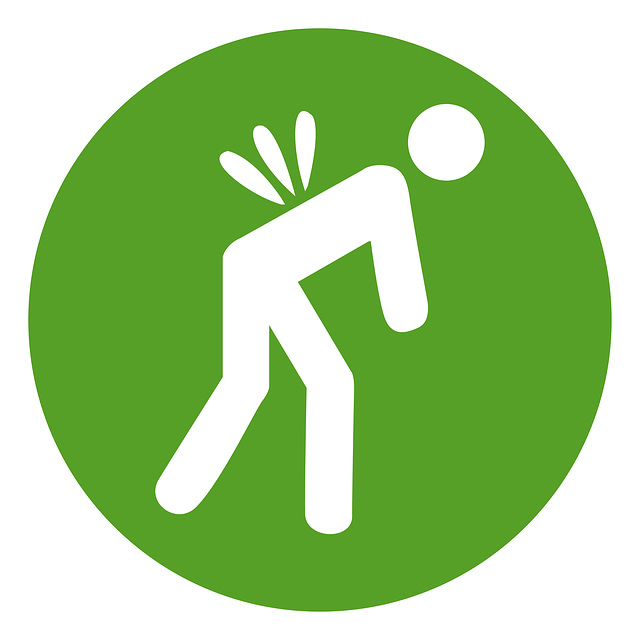Why does COVID-19 cause back pain? – Gavi, the Vaccine Alliance
There are many symptoms you may have been expecting on getting COVID-19 – fever, cold-like symptoms or fatigue – but there’s one that you might not have expected: back pain.
Back pain is now one of the key symptoms of Omicron, one of the main SARS-CoV-2 variants circulating. Data from South Africa where the variant was first identified suggested that people who get Omicron often develop two sets of symptoms – a sore throat, nasal congestion, and a …….

There are many symptoms you may have been expecting on getting COVID-19 – fever, cold-like symptoms or fatigue – but there’s one that you might not have expected: back pain.
Back pain is now one of the key symptoms of Omicron, one of the main SARS-CoV-2 variants circulating. Data from South Africa where the variant was first identified suggested that people who get Omicron often develop two sets of symptoms – a sore throat, nasal congestion, and a cough – and also muscle pain, especially low back pain. This back pain has been described by some as intense period cramps, kidney stones or muscle spasms.
It’s important to note that having back pain alone doesn’t mean you necessarily have COVID-19, however, as back ache can be caused by many factors, and even if you develop it in conjunction with nasal congestion, sneezing, coughing or fever, muscle ache can be indicative of other illnesses like flu.
One in five people with COVID-19 have back pain
Back pain had not been a common COVID-19 symptom before Omicron. Now, however, it ranks among the top 20 symptoms according to the Zoe COVID Symptom Study, in which hundreds of thousands of people log their symptoms every day across the UK. On February 10, Tim Spector, the study’s principal investigator, said around one in five people with Omicron have back pain.
So far, it’s not entirely clear why people seem to be experiencing backache – which in some cases has been debilitating and caused limited mobility – so much more often when they get sick with COVID-19.
Generalised muscle pain or myalgia could be connected to backache. It could be that COVID-19 causes inflammation which, coupled with muscle pain, manifests as back pain, which is the most common musculoskeletal complaint. But myalgia has been a symptom right from the start of the pandemic and it doesn’t explain why backache is becoming much more common now.
Sedentary lifestyle and working from home
The pandemic has confined many of us to our homes, with millions of us working in cramped conditions not ergonomically designed to ensure healthy backs. Even when people haven’t had to work at home, they have been less mobile on the whole and many of us have spent more time sitting down than at other times in our life.
A study from Malta of 388 people found that 30% of people had experienced chronic back pain pre-COVID-19 compared with 49% experiencing back pain since COVID-19 emerged, with the majority of the latter claiming that they never experienced back pain before the pandemic.
It’s not clear from the research whether the scientists recorded which of the participants had actually ever had COVID-19 or not, but the …….
Source: https://www.gavi.org/vaccineswork/why-does-covid-19-cause-back-pain





